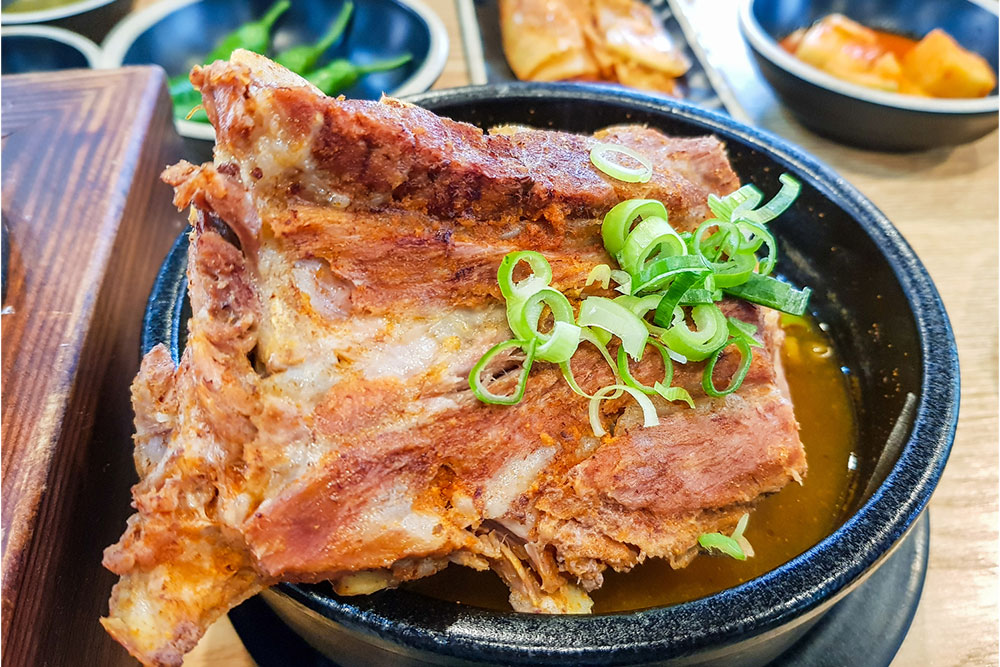
9 Trigger Foods for Patients with HAE
Hereditary Angioedema (HAE) is an uncommon genetic disorder where the affected person experiences recurrent episodes of severe swelling (angioedema). In managing the condition, a nuanced understanding of specific foods is vital. By acknowledging the unique characteristics of specific foods, individuals with HAE can make informed choices to minimize potential triggers and maintain better control over their condition. Consulting with healthcare professionals and maintaining a personalized food diary remains a valuable strategy for effective management.
1. Aged cheese
Indulging in different types of aged cheese, such as cheddar or gouda, can be a double-edged sword for individuals with HAE. While these cheeses boast rich flavors, their aging process leads to higher histamine levels. For those with HAE, histamine elevation can potentially trigger allergic responses, including respiratory symptoms like difficulty breathing.
2. Canned soups
The convenience of canned soups might appeal to many, but for those managing HAE, these soups come with possible risks. Loaded with additives and preservatives for prolonged shelf life, canned tomato soups, often containing ingredients like monosodium glutamate (MSG), can trigger respiratory symptoms in susceptible individuals.
3. Shrimp and shellfish
The allure of shrimp and other shellfish delights may pose challenges for individuals with HAE. Shellfish, known for triggering allergies, can lead to respiratory difficulties for those already managing a condition like HAE. Therefore, affected individuals must be vigilant when considering these seafood options.
4. Oranges and pineapple
While fruits are generally celebrated for their nutritional benefits, certain fruits can be a potential concern for individuals with HAE. Citrus fruits like oranges and tropical delights like pineapple contain compounds that might provoke respiratory challenges in susceptible individuals. Moderation and observation become key when incorporating these fruits.
5. Hot peppers
For spice enthusiasts managing HAE, the love for hot peppers and spicy foods may require cautious indulgence. The compounds responsible for spiciness can stimulate reactions that may lead to breathing challenges. Choosing milder alternatives while savoring flavorful options becomes prudent for those with HAE.
6. Artificially colored candies
Brightly colored candies, often a source of joy for many, may hold hidden risks for individuals with HAE. The artificial food coloring used in these treats can contribute to respiratory symptoms. Opting for naturally colored candies or homemade alternatives allows for a safer and more enjoyable experience.
7. Sugary sodas and energy drinks
Sugary beverages, including sodas and energy drinks, can be tempting refreshments. However, the processed sugars and artificial additives in these drinks might exacerbate symptoms for individuals with HAE. Opting for hydrating alternatives like water, herbal teas, or diluted fruit juices becomes a healthier choice.
8. Peanuts
Peanuts, loved for their crunchiness, fall under the legume category and are susceptible to mold contamination. For individuals with HAE, mold exposure can adversely lead to respiratory reactions. Considering alternatives like almonds or cashews not only broadens snack choices but also minimizes the risk of triggering respiratory symptoms.
9. Deep-fried snacks
The allure of deep-fried snacks and fast-food items lies in their crispy texture. However, for individuals with HAE, these indulgences can bring added risks. High in trans fats and additives, fried foods can contribute to inflammation, potentially impacting respiratory function. Opting for baked or grilled alternatives provides a satisfying yet safer choice.
